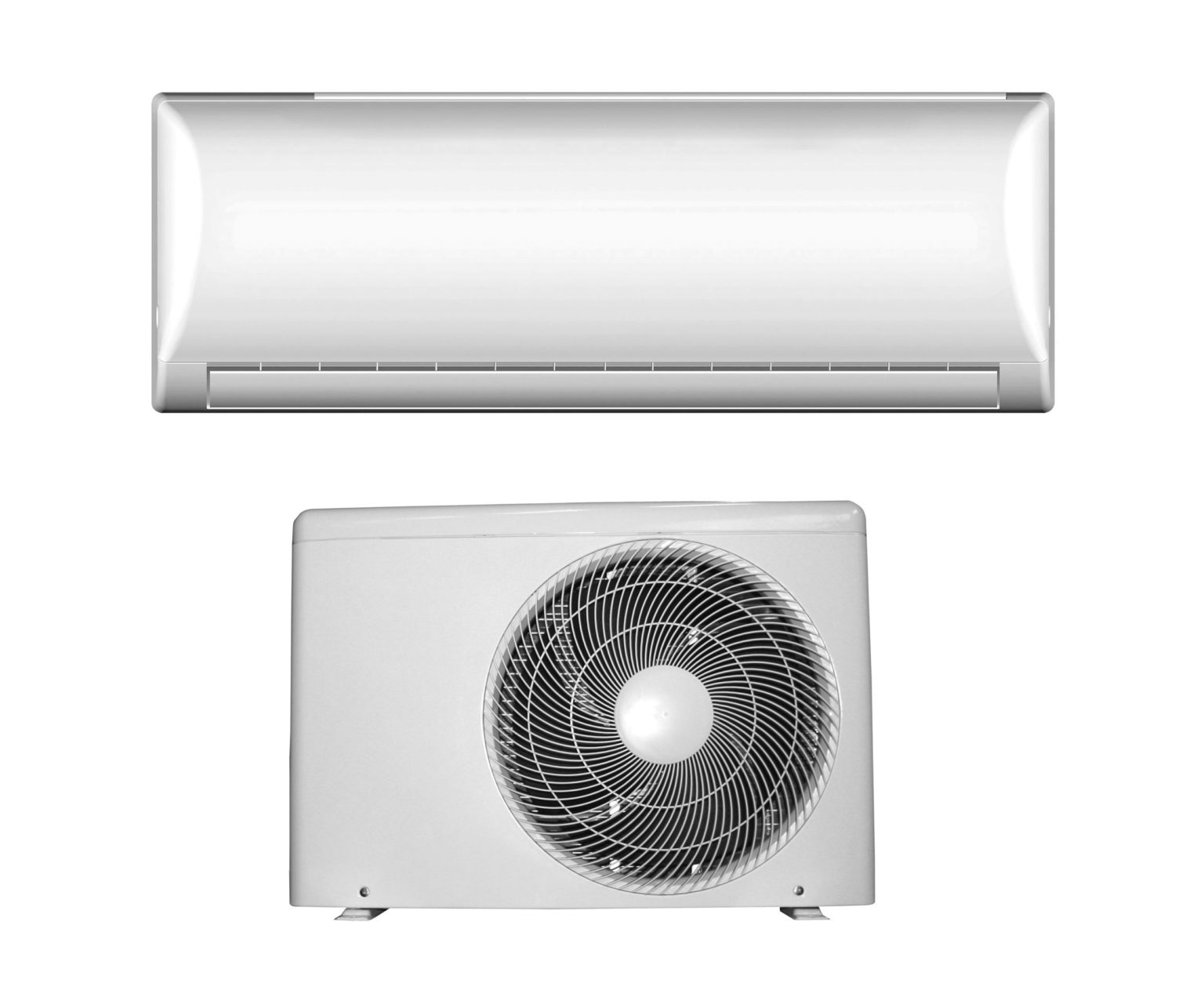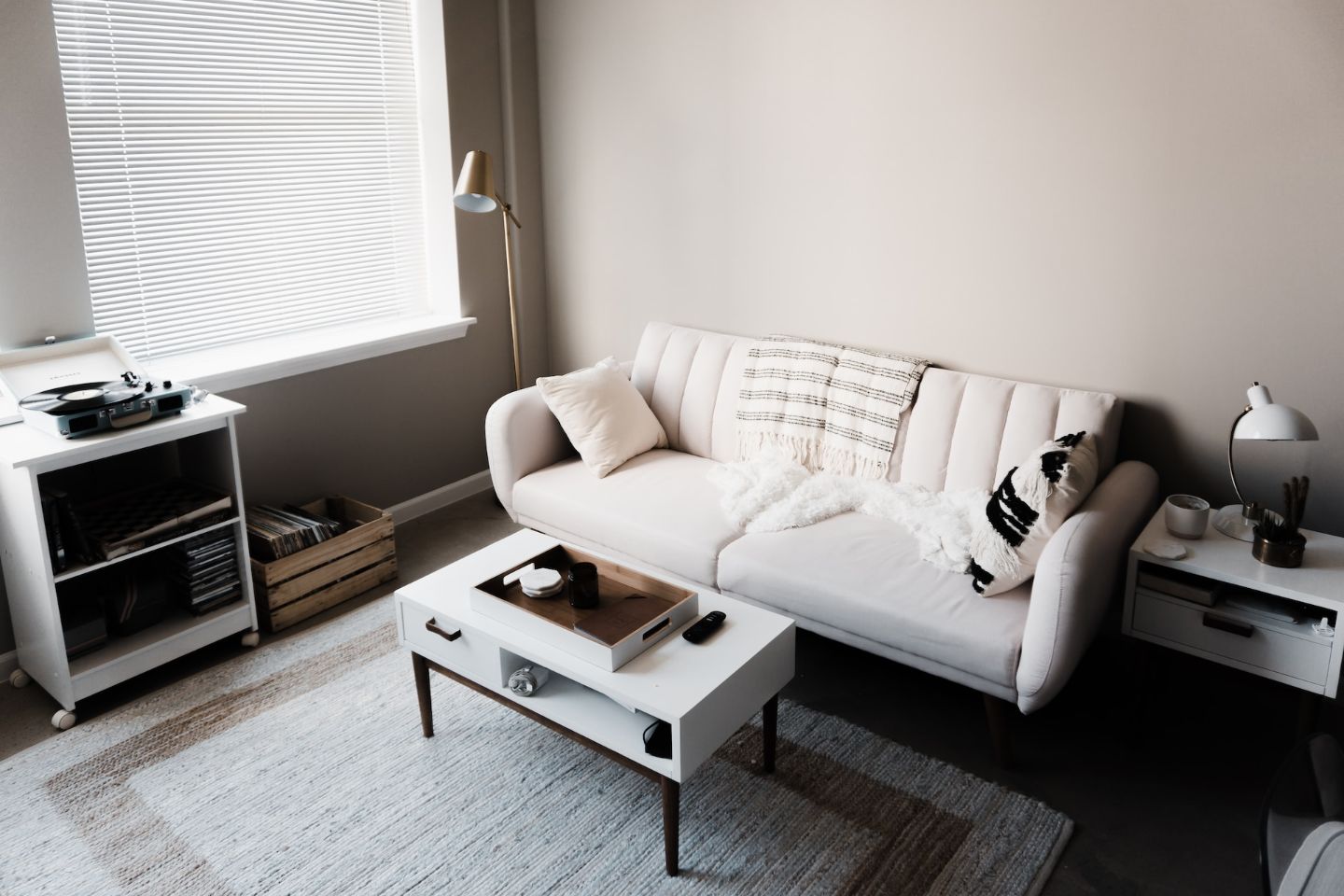Tags – Types of Commercial Air Conditioning Units
Whether it be an office, warehouse or factory, small shop or a cafe, each space is different and has its own set of requirements.
So, when it comes to creating an ideal indoor environment, selecting the right type of commercial air conditioning unit is crucial.
Simply, there is no “one size fits all” solution, and different air conditioning units are better suited to different types of workplaces, based on their size and function.
Having said that, there are three main types of commercial air conditioning units that are most commonly used: Single Split Systems, Multi Split Systems and VRF/VRV Systems.
Whilst they all use the same technology, and have the option to be wall or ceiling mounted, they have different applications.
Let’s take a look at each type in a bit more detail and the benefits they bring.
1. Single Split Systems
One of the most common types of commercial conditioning units are single split systems.
Not only is it less expensive than the other types, it’s the most appropriate solution for smaller commercial spaces, such as cafes, restaurants and small offices; they provide heating and cooling in individual rooms.
With this system, for every indoor unit installed, an outdoor unit is required; the outdoor unit includes the compressor, condenser coil and expansion coil, and is placed either directly on or near the exterior wall of the room you want to cool.
In other words, if single split systems are installed in multiple rooms, it means the same number of outdoor installations are required, which means you need sufficient outdoor space.
However on the plus side, each system works in isolation, meaning if one breaks down, the rest will not be affected.
In regards to the installation process, single split systems are connected through electrical wires and tubing rather than ductwork, which makes it much more simple and easier.
Here are the main benefits overall:
- Cheaper than a central system
- Each system works on its own, so if one breaks down, the others will still operate
- The noisy components of the air conditioner are stored outside
2. Multi Split Systems
Multi split systems work almost identically to single split systems except they don’t require their own outdoor unit.
Rather, multiple indoor units are connected to one large outdoor unit, making them a more versatile version.
Positively, these systems are best suited to larger office spaces, retail shops and other buildings with multiple floors.
Briefly speaking, this type of system uses inverter technology, which allows the compressor to operate at different speeds.
In addition, it contains sensors that can detect changes in temperature and make adjustments where necessary, which is much more energy efficient.
Whilst multi split systems require less outdoor space for an external unit, the installation process is a little more complex; it requires more pipework which increases the cost of installation as well as the time it takes too.
Here are the main benefits overall:
- The system works with the natural air flow, saving money and energy
- You don’t need as much outdoor space as single split systems, helping you to preserve the exterior appearance of your building
- Not limited to one type of indoor unit: you have the option to have a combination of wall and ceiling mounted units
3. VRF/VRV Systems
VRF (Variable Refrigerant Flow) and VRV (Variant Refrigerant Volume) are two terms used interchangeably because they both mean the same thing.
To put it simply, they are both the same type of air conditioning unit and are the most efficient option for large sized properties, such as multi-use buildings and hotels.
Like traditional air conditioning units, VRF systems use outdoor condenser units and indoor fan coil units.
But, rather than one large unit pumping air into an entire space, a VRF system includes many small air handlers that can be controlled individually and fed back into one system.
As such, the term “variable” comes from the fact that this system has the ability to control the amount of refrigerant that flows to each small air handler, allowing a more flexible approach to climate control.
There are two main types of VRF systems:
- Heat pump systems: capable of cooling and heating, but not at the same time, and most commonly used in open plan spaces with a single temperature requirement.
- Heat recovery systems: heating and cooling in any given space can be controlled in insolation, making it ideal in spaces with multiple rooms
Here are the main benefits overall:
- Flexible in design: multiple units can be linked together and comes in many types and sizes suitable for most applications
- Simultaneous cooling and heating control
- Sophisticated controls that allow you to have complete control over the environment
Rounding Up
Hopefully now you should have a clearer idea of the three main types of commercial air conditioning units used in different settings.
Even though we have discussed the main types, there are endless possible configurations and the right solution will depend on your unique needs.
Please contact us today to find out more.
Check our Commercial Air Conditioning Solutions in the meantime
You may also like:



